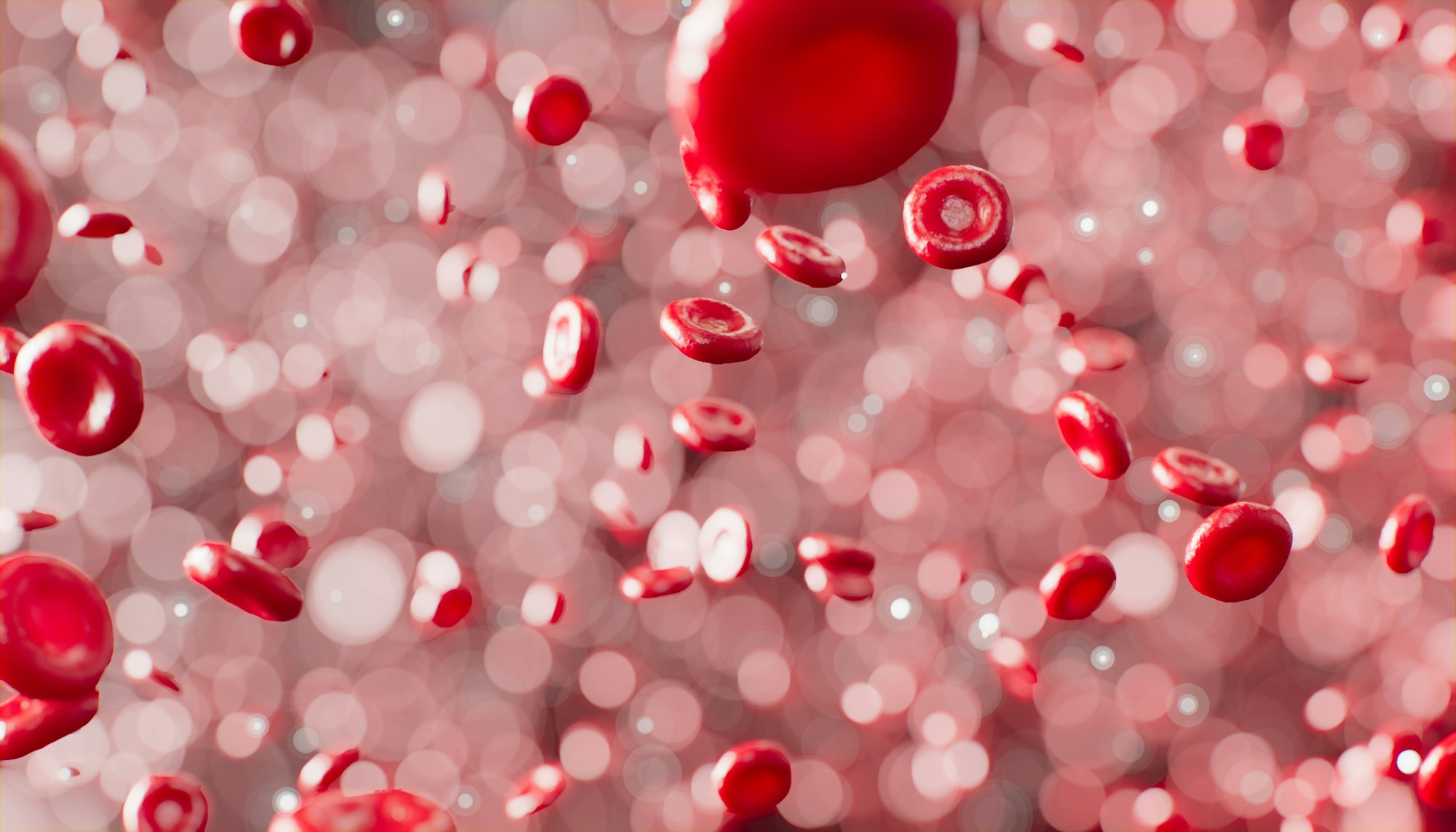How to work-up a patient
Tips from an inpatient pharmacist for students, residents, and practicing pharmacists to see one strategy to work up a patient.

Tips from an inpatient pharmacist for students, residents, and practicing pharmacists to see one strategy to work up a patient. This post is also beneficial for medical students/residents/practitioners/nurses to understand how pharmacy looks at a patient chart.
The essence of practicing medicine is patient care. To take care of a patient, we need to be able to efficiently and thoroughly review a patient chart. If you are in pharmacy school or if you work in a clinical pharmacy position, you are familiar with how important it is to work up a patient.
Everyone will have their own preferred way to navigate a patient chart. For some, they like to look at the medications first. Others like to go straight to the most recent notes or H&P to understand why the patient is admitted and what their current status is.
As an inpatient pharmacist, you may be scheduled on various shifts throughout the week. For example, I sometimes have a few days on cardiology, a day in the emergency department, and a day in transplant all in the same week. It makes patient continuity quite difficult. However, with a structured way to work-up your patients, you can orient yourself to the new list of patients rather efficiently. This will help prepare you for rounds, phone calls from nurses/providers, and discharge questions.
The template below is my personal preference, but my workup can vary day-to-day and patient-to-patient. If I am entering a patient’s chart to review gentamicin levels, I will review their profile much differently than if I were reviewing a phenytoin level.
Below are two other references for patient workup strategies for your convenience.
- Example from Interior Health Pharmacy Residency Program (pages 1-2 specifically)
- Pharmacy Joe ICU patient work up for critical care pharmacy rotation
My outline of how to review a new patient’s chart:
|
Step |
Action |
Reasoning |
|
1 |
Review
handoffs from previous pharmacists or colleagues |
This will
give me an introduction into pharmacy pertinent tasks and may help guide my
chart review |
|
2 |
Review
medications |
We are
pharmacists: medications are our job! From the
medications, I can piece together what may be going on with the patient,
start to form my own questions, and do a quick check of dosing and interactions
while I orient myself to the profile |
|
3 |
Review chief
complaint and most recent provider notes May review History
& Physical (H&P) |
To understand
why the patient is here and what acute disease/problem we are treating. I
usually note the first 2 or 3 problems The H&P is
especially helpful for patients in the ED who will be admitted or for
patients who have been in the hospital for less than 48 hours |
|
4 |
Review
medications again |
Once I know
why the patient is here and what problems we are concerned with/treating, I
go and look for appropriate medication therapy based on guideline
recommendations Example: CAD
--> statin, beta blocker, ACE-I/ARB, aspirin |
|
5 |
Review recent
labs usually in this order: - Complete
Metabolic Panel (CMP) + LFTs - Complete
Blood Count (CBC) - Vitals/Hemodynamics - Glucose
control and diet If the
patient is a solid organ transplant recipient - Check
trough levels of immunosuppressants |
CMP+LFTs:
to assess for any electrolytes that need to be repleted or any abnormalities
that may be due to a medication currently ordered CBC:
to ensure values are normal or stable Vitals:
(especially if currently infected or a cardiac/renal patient) to assess if
more/less treatment is needed and assess for sinus rhythm Glucose/diet:
to understand which route medications can be given and if adjustments to
insulin regimens are warranted *While
checking these values in EPIC, my navigators allow me to see which
medications have been given in relation to the lab values. If the patient is
hypertensive, I can see if a dose of losartan was recently given or not |
|
6 |
Review any
recently ordered labs that may be pending (mainly microbiology!) |
To see what labs
have resulted, understand what the team is concerned about, and help leave a
handoff for future pharmacists if any labs are still in process |
|
7 |
Review
medications again for renal adjustments |
To ensure
every medication is dosed appropriately based on current renal function |
|
8 |
Check for venous
thromboembolism prophylaxis (VTE ppx) |
To make sure
the patient is appropriately prophylaxed, has a documented reason for
withholding VTE ppx, or has therapeutic anticoagulation as appropriate for
the comorbid disease states |
|
9 |
Review home
medication list |
To ensure
nothing has been missed or, if we are holding a home med for a specific
reason, when we can resume the home medication again |
|
10 |
Leave
pertinent hand offs for future pharmacists |
To be a good
wingman/wingwoman and ensure continuity of patient care! |
There you have it! My thought process when reviewing a patient chart that I am unfamiliar with.
Chart review for specific consults
Usually, I go into a patient chart because I have a consult. A consult (at my hospital) is when the care team wants Pharmacy to dose or monitor a patient on a specific medication. If this is my reason for going into the chart, I will take a slightly different approach to work up. There are two examples below:

The steps I take for a vancomycin (vanc) consult
1. Enter the chart
2. Review the recent vanc level and trend of serum creatinine
3. Flip to the pharmacokinetic “navigator” where the initial pharmacist documented the following:
- Indication for vanc
- Ordering provider
- Duration of therapy
- Other antibiotics the patient is receiving
- Current vanc dosing regimen and predicted AUC:mic
- Updated microbiology data
4. Check for any updated microbiology results
- I do this to assess for myself if the patient needs to continue vancomycin or if we can de-escalate therapy.
5. Check the most recent provider notes to get an idea of what their plan is or if the Infectious Disease team is consulted
6. Make a clinical decision on whether a level or a change in dose is needed based on renal function
7. Order appropriate changes
8. Leave a handoff for the pharmacist following me the next day
9. Exit the chart!

The steps I take for a warfarin consult
1. Enter the chart
2. Check the indication for warfarin
3. Review how long the patient has been on warfarin during this admission
a. I do this by looking at my hospital anticoagulation “navigator” where it lays out the last week of previous doses, other anticoagulants/antiplatelets, any interacting medications, pertinent labs, reversal agents, and blood products given
4. Check the INR (obviously)
5. Determine a dose to be given that evening
The table below includes most of what I check prior to ordering a dose of warfarin
|
Lab/item
to Review |
Reasoning |
|
History of heart
failure |
An active
heart failure exacerbation may increase response to warfarin in some patients |
|
Liver
Function Tests (LFTs) |
If the LFTs
are elevated, and the liver is not functioning properly, then adequate
clotting factors may not be produced. In addition, the vitamin K pathway will
be impaired. Response to warfarin may be increased |
|
Diet |
If the
patient is not eating or has <50% meal consumption, they may have an increased
response to warfarin |
|
Weight |
Patients with
normal or underweight BMI may require less warfarin than a patient with a BMI
>40 |
|
Age |
Older
patients (>65) may be more sensitive to the effects of warfarin |
|
Previous
warfarin therapy |
This gives me
a reference to how much warfarin the patient has previously required to be in
therapeutic range |
|
Interacting
medications |
If there are new
interacting medications added during admission, the patient may have an
altered response to warfarin |
|
INR |
If the INR is
trending up quickly from the previous doses, I will be more conservative with
the next dose. If the INR is not budging, I will be more aggressive.
Occasionally, I will order a repeat INR for early afternoon to assess the
trend if there is any concern in how sensitive the patient is to warfarin |
|
Hemoglobin
and hematocrit (H/H) |
If there is
an acute drop in the H/H, I will clarify with the provider if they want to
administer or hold warfarin for that day |
|
Clinical
status |
To assess for
upcoming procedures or any tubes/drains that will need to be removed. If this
is the case, I will clarify dosing with the provider and either hold warfarin
or be less aggressive |
|
Indication
for warfarin therapy |
Totally honest
here: I do not trust the stated INR goal in previous notes. Sometimes I find
that the goal is incorrect (MVR could be interpreted as “mitral valve
replacement” instead of “mechanical valve replacement”) or sometimes the
patient does not require warfarin therapy anymore. Therefore, I ensure that I
know the true indication for anticoagulation |
|
Recent prothrombin
complex concentrate (i.e. KCENTRA) or vitamin K administration |
If a large
dose of vitamin K was given within the past week, the response to warfarin
will be blunted |
|
Adherence to
therapy outpatient |
If the patient
is not adherent outpatient, it is important to discuss with the team the best
option for anticoagulation moving forward. Nonadherence to their home regimen
lets me know that their outpatient regimen might not be what they need to be
in therapeutic range |
6. Make a clinical decision on the dose for that evening
7. Order the dose
8. Exit the chart!
Do you routinely check something that I missed? Comment down below!

